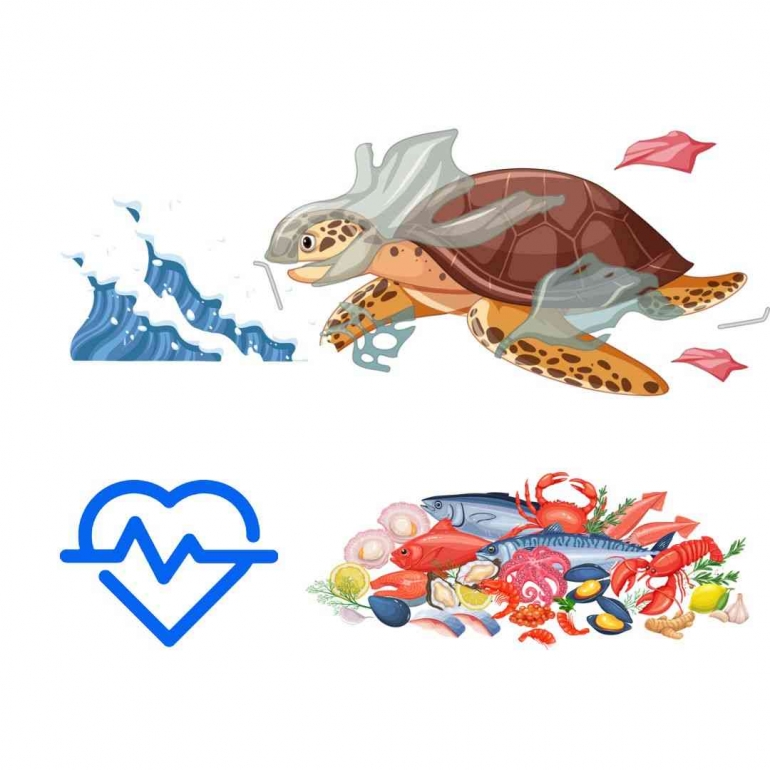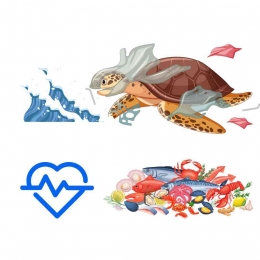Indonesia is known for its rich marine biodiversity and pristine beaches. However, the country is facing serious environmental problems in the form of plastic pollution and microplastics in its oceans. These tiny particles of plastic are not only affecting marine life but also posing a threat to human health.
Plastic pollution has become a global issue, and Indonesia is no exception. The country is one of the largest contributors to marine plastic debris, with an estimated 1.3 million tons of plastic waste ending up in its waters every year. This waste, including single-use plastics such as straws, plastic bags, and packaging, not only pollutes the ocean but also kills wildlife, damages the food chain, and affects human health.
Microplastics, which are defined as particles smaller than 5mm in size, have become a growing concern due to their persistent presence in the ocean. These tiny particles are easily ingested by marine animals, causing physical harm, and disrupting their hormones and reproductive systems. Furthermore, microplastics have been found in seafood consumed by humans, which poses a significant threat to human health.
The impacts of plastic pollution and microplastics on marine life in Indonesia are devastating. Sea turtles, dolphins, and whales are among the species that are most affected by plastic debris, as they often mistake plastic for food. Plastic bags, for example, can block the digestive tract of sea turtles, causing them to die from starvation. In addition, microplastics have been found in the digestive systems of fish and other marine animals, which can reduce their ability to absorb nutrients and harm their reproductive systems.
In conclusion, plastic pollution and microplastics in Indonesia's oceans pose a serious threat to marine life and human health. It is crucial for the government, industries, and individuals to take action to reduce plastic waste and protect the country's marine environment. Implementing regulations and policies, promoting the use of biodegradable alternatives, and raising public awareness are essential steps toward mitigating the effects of plastic pollution in Indonesia.
by: Rahman Fajar Irnawan
References:
Jambeck, J. R., Geyer, R., Wilcox, C., Siegler, T. R., Perryman, M., Andrady, A., ... & Law, K. L. (2015). Plastic waste inputs from land into the ocean. Science, 347(6223), 768-771.
UN Environment Programme. (2018). Marine Litter and Microplastics.
Lusher, A. L., & Wright, S. L. (2017). Microplastics and their effects on marine organisms: a review. Environmental pollution, 225, 409-418.







